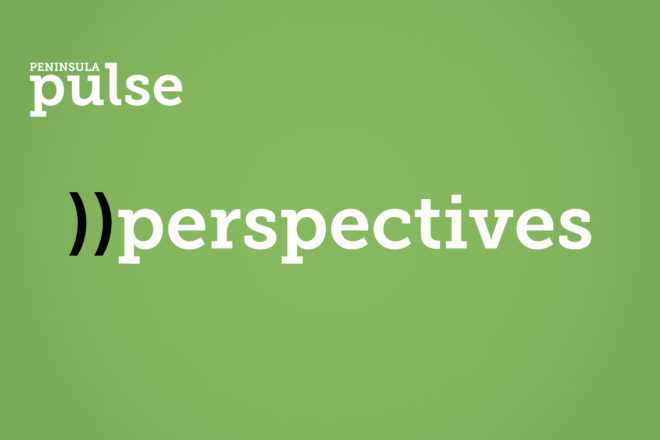PULSE OF PHILANTHROPY: Collaborating to Keep Homes Affordable
- Share
- Tweet
- Pin
- Share

In the charitable world, we love to talk about the value of collaboration, but the reality is that great collaborative partnerships are uncommon. An effective collaboration brings together organizations that have different, but complementary capabilities so that working collaboratively makes both more impactful. A truly innovative and effective collaboration is quite rare, yet Door County Habitat for Humanity and the Door County Housing Partnership are doing just that.
For a generation, Habitat for Humanity affiliates across the nation have mobilized communities, lowering the cost of construction so working families can realize the American dream and become homeowners. Lori Allen, Executive Director of the Habitat’s Door County affiliate, says that with volunteers and 250 sweat-equity hours per adult who will live in the home, the houses they build are worth about $100,000 more than what it costs to actually construct it. That makes them affordable for families making 60% to 80% of the area median income.
This traditional Habitat model has been enormously successful in placing homes within financial reach of working families for a generation. However, one of the traditional model’s challenges is that the affordability of the home only lasts a single generation.
“[When a family] decides it’s time to move on and they sell the home to the next buyer, if the market has gone up considerably, it’s likely that the purchase price will no longer be affordable for the next working family,” says Jim Honig, President of the Housing Partnership. “When that happens, all the investment that the community has made in providing an affordable home to a local family evaporates the first time the home is sold.”
Habitat for Humanity International has worked hard to address this limitation.
“When heavily subsidized homes are allowed to leak away, along with the public dollars and private donations invested in them, the generosity of government and charity is squandered,” noted Habitat International’s 2017 Shelter Report. “These losses are unacceptable, but they are not inevitable. Assisted homes can be made to last. Subsidies can be preserved. All it takes is a prudent dose of creativity and a farsighted willingness to rethink the way that homeownership is normally done.”
It’s that kind of imaginative thinking that led Door County Habitat and the Door County Housing Partnership to collaborate in 2021. They implemented a new shared-equity homeownership model in which each partner brings its unique experience and expertise to the collaboration.
Door County Habitat first identifies a qualified working family, then engages contractors, tradespeople and local volunteers to build the home and sell it to that family at an affordable, below-market price. However, in a shared-equity homeownership model, the family only owns the house. The land underneath the new home becomes the property of the Door County Housing Trust which then leases it to the family with several restrictive covenants in place.
“This gives us the means to ensure the home will not be sold on the market but will always be sold at an affordable purchase price to an income qualified family,” Honig said. “In exchange for purchasing the home at below market value, the purchasing family agrees to a fixed equity when they sell the home. So, the fixed equity allows them a small measure of the wealth accumulation that often comes with owning a home, [but] it also ensures that the next family that purchases the home will also be able to make the purchase at a price that is below market value. These important agreements ensure that the home will remain affordable and available [for the next] income qualified family that lives and works in the community.”
The model also has the benefit of further reducing the purchase price because the family isn’t buying the underlying land. The family then enjoys a lower property tax bill as well.
The house is still likely to be sold at a profit someday, but those profits are now split with the Door County Housing Trust so that it keeps the house within the financial reach of the next working family earning between 60% and 80% of area median income. It’s an enormously effective way to ensure that the subsidy our community provides to construct a house will benefit multiple generations of Door County residents, keeping it affordable for the entire life of the home.
The shared-equity homeownership model has been used with two homes thus far and plans are underway for a third. Let’s hope this innovative collaboration becomes the norm for Door County, keeping homes affordable for generations to come.
Bret Bicoy is President & CEO of the Door County Community Foundation. Contact him at [email protected].


